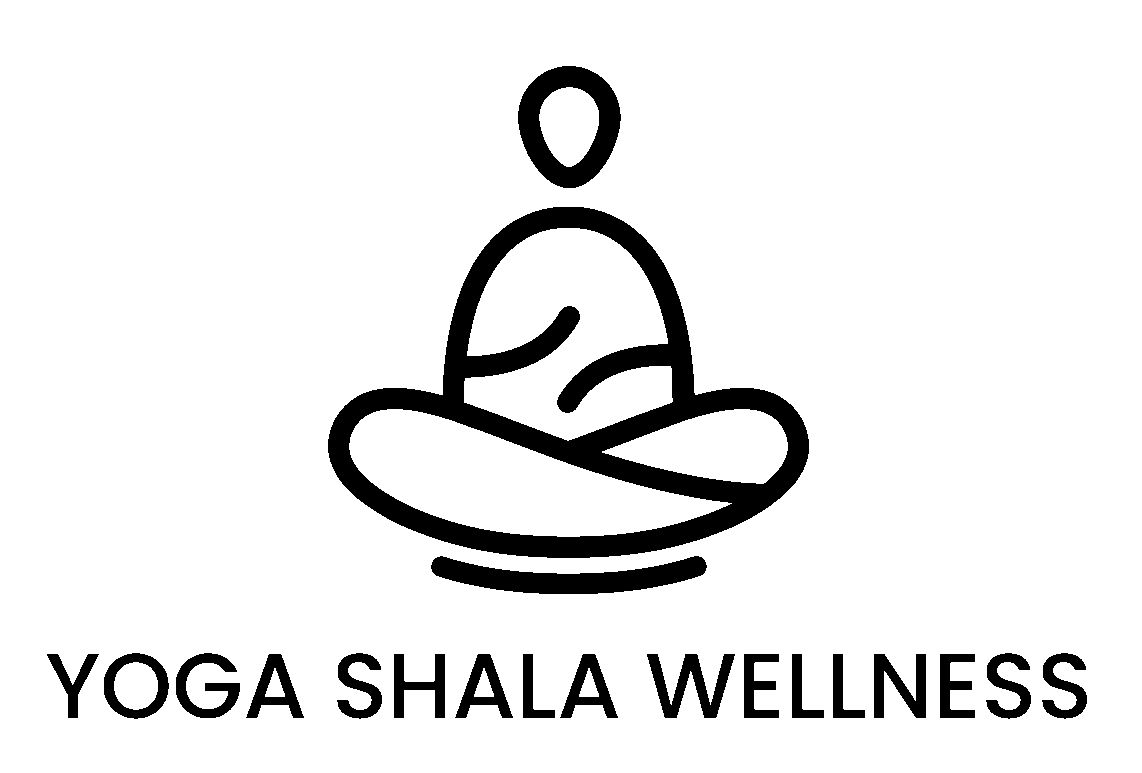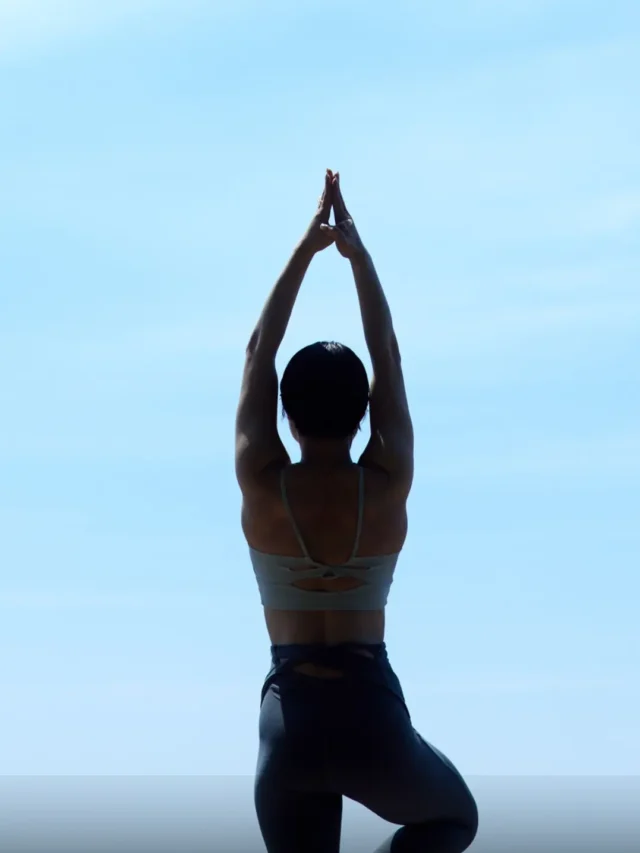Is Yin Yoga a Waste of Time? In the constantly changing world of health, wellness, and fitness, the latest exercise and movement trends appear on the scene every few months. HIIT, functional strength training, spin classes, and power yoga are in the spotlight because they guarantee sweat, caloric burn, and quick gains. Against this background, Yin Yoga is always a standout – slow, quiet, and subtly straightforward. Most people’s initial reaction is, ‘How can lying in poses for minutes possibly be helpful?’ Isn’t this a waste of time?
To address this, we must see beyond the surface and study what Yin Yoga really is, why it is sometimes mistakenly viewed, and what subtle and deep advantages it can offer.
What is Yin Yoga? Understanding Yin Yoga
Yin Yoga is a fairly contemporary form of yoga, but one that was created in the late 20th century and utilises principles derived from traditional Hatha yoga, Taoist philosophy, and Traditional Chinese Medicine. As opposed to more energetic “yang” styles of yoga like Vinyasa or Ashtanga, where muscular engagement and flowing sequences are the emphasis, Yin Yoga focuses on stillness.
In a standard Yin class, practitioners will often maintain passive floor-based poses for three to seven minutes, and sometimes longer. Rather than engaging muscles for strength, the intention is to relax the muscles and permit the deeper connective tissues, ligaments, joints, fascia, and tendons to feel gentle, prolonged stress. This “good stress” is supposed to increase mobility, joint well-being, and circulation.
The tempo is deliberately slow. Mindfulness, meditation, and breath awareness are woven into the practice. The outcome is a class that is less of a workout and more of a combination of stretching, meditation, and restorative relaxation.
Also Read: What Is the Attribute of Purity in Yoga
Why Do Some People Dismiss Yin Yoga as a Waste of Time?
While it is gaining popularity, Yin Yoga is still criticised, typically by those who define good exercise as something that must be intense. The objections listed here are typical:
1. It doesn’t burn calories or contribute to weight loss.
To a lot of individuals, “exercise” implies profuse sweating, heightened heart rate, and the burning of a huge number of calories. Yin Yoga is not like that at all.
2. It doesn’t build strength or endurance.
Unlike resistance training or power yoga, Yin Yoga does not depend on muscle tension. Therefore, it doesn’t provide visible muscle growth or performance gains.
3. It feels too passive.
Holding poses without “doing” a lot can feel like doing nothing for those who are used to action-orientated classes.
4. Progress is invisible.
While you can quickly track improvements in weight lifted or distance run, the benefits of Yin Yoga, such as improved flexibility, patience, or reduced stress, are less quantifiable.
At surface level, these attacks are justified if the only filter we use is fitness as physical exertion. But wellness and health are more nuanced than the size of one’s muscles or calories expended. This is where Yin Yoga brings out its full worth.
Also Read: 900 Calorie Diet a Day: A Complete Guide
The Science and Benefits of Yin Yoga
1. Flexibility and Joint Health
Connective tissues, in contrast to muscles, are best stretched by slow, sustained extensions. Holding poses for a few minutes, Yin Yoga progressively lengthens tissues, enhancing the range of motion and joint mobility. This is essential to healthy ageing and injury protection, particularly because contemporary lifestyles promote stiffness from extended sitting periods.
2. Fascia Release
Fascia – the web of connective tissue that wraps around muscles and organs – is usually pulled taut or dehydrated as a result of stress and immobility. Yin postures, when sustained lightly, invite fascial hydration and restore circulation in zones that active movement typically bypasses.
3. Calming the Nervous System
Maybe the most significant advantage of Yin Yoga is its effect on the nervous system. By relaxing the breath and maintaining stillness, the body transitions from sympathetic “fight-or-flight” to parasympathetic “rest-and-digest”. This not only reduces stress hormones such as cortisol but also enhances digestion, immune function, recovery, and even sleep quality.
4. Emotional Release and Mental Clarity
Elderly postures occasionally bring about emotional release. This is not pseudoscience but a natural effect of mindfulness and inner chatter slowing down. Yin Yoga can facilitate the processing of stress and emotions, serving both as movement and meditation.
5. Complementary to “Yang” Practices
Yin Yoga is not intended to be a substitute for active exercise but as a complement. As athletes have active rest days, Yin Yoga acts as the counter to intense workouts. It enables muscles and tissues to relax during recovery and at the same time have purposeful movement.
Also Read: The Best 700 Calorie Diet: Lose Weight Faster Than Ever
Who Gains the Most from Yin Yoga?
Yin Yoga can benefit a wide range of individuals, including:
- Anyone seeking mindfulness: Yin Yoga also functions as a meditative practice that promotes patience and presence.
- Athletes and fitness enthusiasts: As a cross-training method to alleviate muscle and joint tightness.
- Desk workers: To counteract stiffness resulting from prolonged sitting.
- Individuals experiencing stress or anxiety: To foster relaxation and a sense of calm.
- Seniors: To maintain mobility and support joint health.
The Misconception of Productivity in Fitness
The question “Is Yin Yoga a waste of time?” indicates a deeper cultural prejudice. We are a culture that identifies productivity with doing more, going faster, and working harder. Stillness can seem the equivalent of laziness. But health does not come only from action; it also comes from recovery, reflection, and equilibrium.
Just as sleep is not negotiable to repair and clear the mind, restorative practices such as Yin Yoga are not negotiable for integral health. The irony is that the very people who belittle stillness as a waste of time are the ones who most likely end up overtraining, burning out, or getting stress-related ailments.
Yin Yoga: Reframing the Value of Time
When seen through the limited scope of fitness efficiency, Yin Yoga may appear to be time well wasted at the gym. But expand the scope to encompass mental well-being, stress equilibrium, injury prevention, and durability, and it becomes obvious that Yin Yoga bridges a vital gap.
Time on your mat being still is not time wasted; it is time spent quieting the nervous system, mending connective tissue, cultivating mindfulness, and avoiding issues down the road. It may not be evident on the scale or reflected in muscle gain, but its effects have a tendency to build up quietly in the background and emerge as resilience, balance, and well-being.
Also Read: The Best 1300 Calories Diet a Day
Conclusion: Is Yin Yoga a Waste of Time?
So is Yin Yoga a waste of time? The answer rests solely in what you hold valuable. If your sole measure is quick body change – calories expended, muscles shaped – then, yes, Yin Yoga will be unsatisfying. But if your definition of health includes more than surface results to mental clarity, emotional stability, long-term movement ability, and nervous system wellness, then Yin Yoga is decidedly not a waste; it is one of the most valuable ways to invest your time.
In a speed-addicted, intensity-driven culture, the beauty of Yin Yoga lies in its call to do less, move more slowly, and listen to the internal voice. Not wasted at all; those minutes spent in Yin practice might be some of the best minutes of your week.













2 thoughts on “Is Yin Yoga a Waste of Time? Everything You Need to Know”